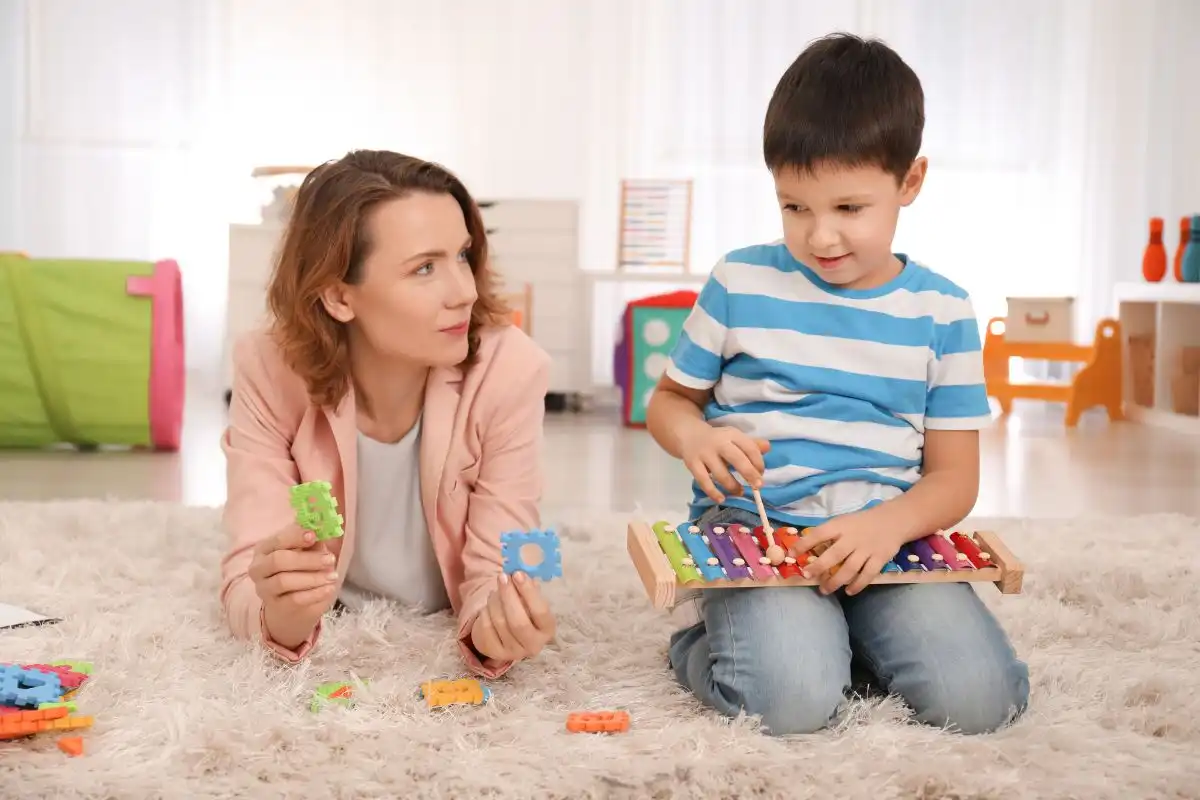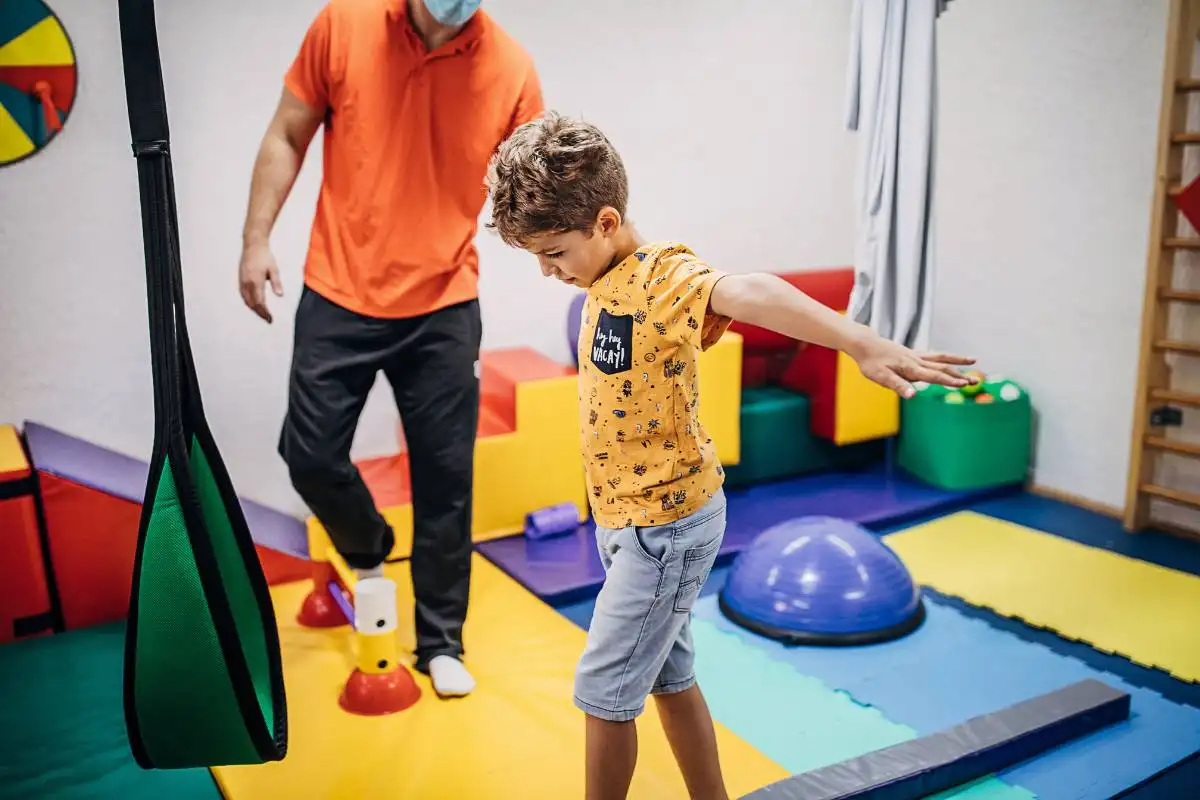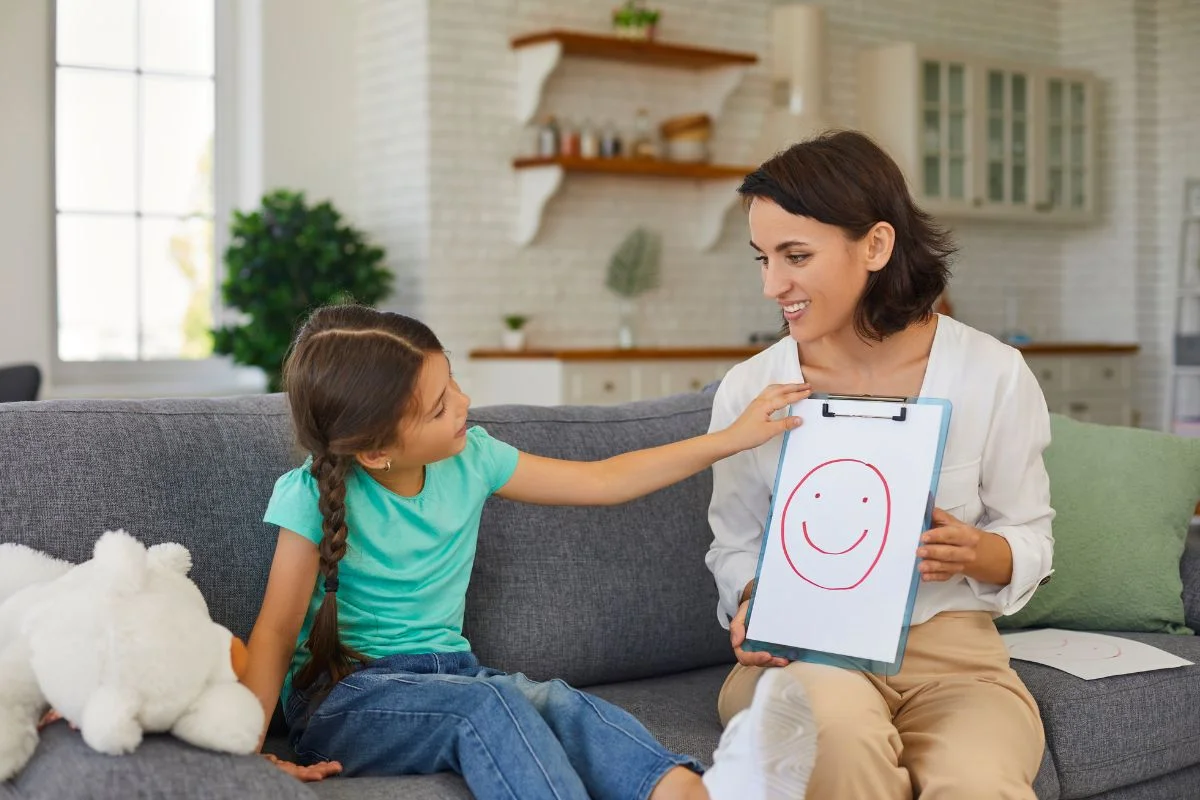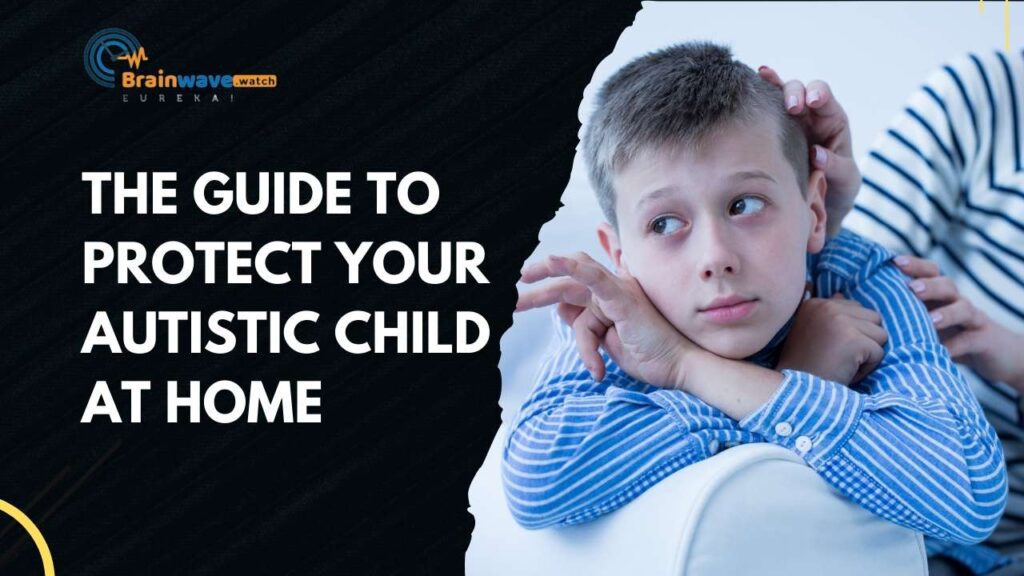Hey there, fellow parent! If you’re raising a child with autism, you’ve probably got a million questions running through your head. One of the biggest? “What can I do to help my kid right here at home?” Well, you’re in luck. We’re about to dive into some awesome autism therapies you can do without leaving your living room.
Look, we all know professional therapy is crucial. But let’s face it – those sessions only cover a fraction of your child’s day. The real magic happens at home, where you’re the therapist, the cheerleader, and the superhero all rolled into one.
The Power of Consistency
Here’s the deal: kids with autism thrive on routine. When you bring therapy techniques into your daily life, you’re giving your child a consistent, supportive environment. It’s like turning your home into a 24/7 learning lab.
Think about it – every interaction becomes an opportunity for growth. Whether you’re making breakfast or getting ready for bed, you can weave in therapeutic elements that’ll help your kid develop crucial skills.
Building Stronger Bonds
Let’s talk about connection. When you’re actively involved in your child’s therapy, you’re not just working on skills – you’re strengthening your relationship. You’ll learn to understand your kid’s unique way of communicating and thinking. And trust me, that’s priceless.
Plus, you’ll be creating a ton of positive memories together. Instead of therapy feeling like work, it becomes a special time for you and your child to connect and have fun.
Cost-Effective and Convenient
Alright, let’s address the elephant in the room – money. Professional therapy can be expensive, and not everyone has unlimited resources. Home-based therapy lets you supplement those pro sessions without breaking the bank.
And let’s not forget about time. No more rushing across town for appointments. You can work on skills whenever they fit into your schedule, making life a whole lot easier for everyone.
Getting Started with Home-Based Autism Therapy
Okay, so you’re on board with the idea of home therapy. But where do you begin? Don’t worry, I’ve got you covered.
Assessing Your Child’s Needs
First things first – you need to understand what your kid needs. Every child with autism is unique, so there’s no one-size-fits-all approach. Take some time to observe your child and make note of areas where they struggle.
Are they having trouble with communication? Social skills? Sensory issues? Identifying these areas will help you focus your efforts where they’ll have the biggest impact.
Setting Realistic Goals
Now that you know what needs work, it’s time to set some goals. But here’s the key – keep ’em realistic. We’re not looking for overnight miracles here. Small, achievable goals will keep both you and your child motivated.
Maybe you want to work on making eye contact during conversations. Or perhaps you’re aiming to reduce meltdowns during transitions. Whatever your goals, break them down into manageable steps.
Creating a Therapy-Friendly Environment
Alright, time to set the stage for success. Look around your home and think about how you can make it more conducive to therapy. This might mean:
- Setting up a quiet corner for focused activities
- Organizing toys and materials so they’re easily accessible
- Removing distractions that might overwhelm your child
Communication-Based Therapies for Autism
Communication is the foundation of pretty much everything. For kids with autism, it can be a major hurdle. But with some targeted therapies, you can help your child build those crucial communication skills.
Picture Exchange Communication System (PECS)
PECS is like a secret weapon for non-verbal kids. It uses pictures to help children communicate their wants and needs. Here’s how you can use it at home:
- Start with simple pictures of favorite items or activities.
- Teach your child to hand you the picture when they want that item.
- Gradually increase the complexity, moving from single pictures to phrases.
The beauty of PECS is that it gives your child a way to express themselves, even if they’re not speaking yet. And trust me, when your kid can tell you what they want without a meltdown, it’s a game-changer.
Sign Language for Autism
Sign language isn’t just for the deaf community – it can be an awesome tool for kids with autism too. It gives them another way to communicate, which can reduce frustration and boost confidence.
Start with simple signs for common items or actions – things like “more,” “eat,” or “play.” Use the signs consistently in your daily routines, and encourage your child to use them too. You might be surprised at how quickly they pick it up!
Verbal Behavior Therapy
Verbal Behavior Therapy focuses on teaching the purpose of language. It’s all about helping your child understand why we communicate, not just how.
Here’s a simple way to practice at home:
- Create situations where your child needs to ask for help
- Encourage them to use words (or signs, or pictures) to express what they want
- Reward their efforts to communicate, even if it’s not perfect
The key is to make communication rewarding and functional. Show your kid that using words (or other forms of communication) gets results!
Behavioral Therapies You Can Do at Home
We all want our kids to behave well, but for children with autism, it’s about more than just following rules. Behavioral therapies can help your child learn crucial skills and reduce challenging behaviors.
Applied Behavior Analysis (ABA) Techniques
ABA is like the granddaddy of autism therapies. It’s all about reinforcing positive behaviors and discouraging negative ones. Here’s how you can use ABA principles at home:
- Identify a behavior you want to encourage (like saying “please” or putting toys away).
- Set up situations where your child can practice this behavior.
- Reward them immediately when they do it right.
The key is consistency. Every time your child exhibits the desired behavior, give them positive reinforcement. It could be praise, a high-five, or a small treat – whatever motivates your kid.
Positive Reinforcement Strategies
Positive reinforcement is all about catching your kid being good. It’s like being a behavior detective, always on the lookout for those moments when your child does something awesome.
Some ideas to try:
- Create a sticker chart for completed tasks
- Use a token system where good behaviors earn rewards
- Give lots of verbal praise for efforts, not just results
Antecedent-Based Interventions
This fancy term just means changing the environment to prevent problem behaviors before they start. It’s like being one step ahead of potential meltdowns.
For example:
- If transitions are tough, use visual schedules to prepare your child
- If certain noises trigger meltdowns, provide noise-cancelling headphones
- If waiting is a challenge, bring along fidget toys or other distractions
Sensory Integration Therapies for Autism
Many kids with autism experience the world differently when it comes to sights, sounds, textures, and more. Sensory integration therapies can help your child process these experiences more comfortably.
Creating a Sensory-Friendly Home Environment
Your home should be a haven for your child’s senses. Here are some ways to make it more sensory-friendly:
- Use soft, warm lighting instead of harsh fluorescents
- Provide a quiet space where your child can retreat when overwhelmed
- Offer a variety of textures in toys and fabrics
- Consider using white noise machines to mask disruptive sounds
The goal is to create an environment where your child feels comfortable and can regulate their sensory input.
Sensory Play Activities
Sensory play isn’t just fun – it’s therapeutic! These activities help your child become more comfortable with different sensory experiences. Some ideas to try:
- Make a sensory bin filled with rice, beans, or sand
- Create a textured wall with different fabrics and materials
- Play with scented play-dough or slime
- Try finger painting or shaving cream art
Deep Pressure Techniques
Many kids with autism find deep pressure calming and organizing. It’s like a full-body hug that helps them feel grounded. Here are some ways to incorporate deep pressure at home:
- Use a weighted blanket during rest times
- Try joint compression exercises (gently squeezing limbs)
- Give bear hugs or back rubs
- Use a body sock or stretchy fabric for resistance play
Always check with your child’s occupational therapist before starting any new deep-pressure techniques to ensure they’re safe and appropriate for your kid.
Social Skills Training at Home
Social skills can be a major challenge for kids with autism. But with some creative approaches, you can help your child navigate the complex world of social interactions right from your living room.
Role-Playing Social Scenarios
Think of role-playing as a dress rehearsal for real-life social situations. It gives your child a chance to practice in a safe, low-pressure environment. Here’s how to do it:
- Choose a specific social scenario (like ordering food or meeting a new friend).
- Act it out with your child, taking turns playing different roles.
- Discuss what went well and what could be improved.
You can make it fun by using puppets or stuffed animals, or even turning it into a game show format. The more engaging, the better!
Using Social Stories
Social stories are like custom-made guidebooks for social situations. They break down complex social interactions into simple, step-by-step explanations. Here’s how to create one:
- Identify a situation your child finds challenging.
- Write a short story describing the situation and appropriate behaviors.
- Include pictures or illustrations to make it more engaging.
- Read the story with your child regularly, especially before encountering the situation in real life.
Social stories can cover everything from how to join a game at recess to what to expect at a doctor’s appointment. They’re a great way to reduce anxiety and prepare your child for new experiences.
Teaching Turn-Taking and Sharing
Turn-taking and sharing are crucial social skills that don’t always come naturally to kids with autism. Here are some ways to practice at home:
- Play board games or card games that require taking turns
- Use a visual timer to show when it’s time to switch activities or toys
- Practice sharing during meal times (passing dishes, dividing treats)
- Use social praise to reinforce good sharing behaviors
Remember, these skills take time to develop. Be patient and celebrate small victories along the way.
Cognitive Behavioral Therapy (CBT) Techniques for Kids with Autism
Now, you might be thinking, “CBT? Isn’t that for adults?” But hear me out – these techniques can be super helpful for kids with autism too, especially when it comes to managing anxiety and improving emotional regulation.
Identifying and Expressing Emotions
Many kids with autism struggle to recognize and express their feelings. Here’s how you can help:
- Create an emotions chart with faces or colors representing different feelings
- Play “emotion charades” where you act out different emotions
- Read books about feelings and discuss the characters’ emotions
- Use a feelings thermometer to help your child gauge the intensity of their emotions
The goal is to give your child a vocabulary for their feelings and help them recognize emotional cues in themselves and others.
Cognitive Restructuring for Kids
This fancy term just means helping your child change negative thought patterns. It’s like being a detective for unhelpful thoughts. Here’s how to do it:
- Help your child identify negative thoughts (“I can’t do this, it’s too hard”)
- Challenge these thoughts (“Have you done hard things before?”)
- Replace them with more positive, realistic thoughts (“This is challenging, but I can try my best”)
You can make this process more concrete by writing thoughts on paper and physically crumpling up and throwing away the negative ones.
Relaxation and Coping Strategies
Teaching your child how to calm themselves down is a crucial life skill. Here are some techniques to try:
- Deep breathing exercises (like “bubble breathing” or “smell the flower, blow out the candle”)
- Progressive muscle relaxation (tensing and relaxing different muscle groups)
- Visualization (imagining a calm, happy place)
- Creating a “coping toolbox” filled with calming items (stress balls, fidget toys, etc.)
Practice these techniques when your child is calm, so they’re ready to use them when stress hits.
Wrapping It Up
Alright, we’ve covered a lot of ground here. From communication therapies to sensory strategies, and behavioral techniques to social skills training, you’ve now got a whole toolkit of autism therapies you can do at home.
Remember, this isn’t about replacing professional therapy – it’s about complementing it. You’re not expected to be a miracle worker or an expert therapist. You’re a parent, doing your best to support your child’s growth and development.
The key is to start small, be consistent, and celebrate every little victory along the way. Some days will be tougher than others, and that’s okay. What matters is that you’re showing up for your kid, creating a supportive environment, and helping them navigate the world in their unique way.
So go ahead, pick one or two techniques that resonate with you, and give them a try. Experiment, adapt, and find what works best for your child and your family. And most importantly, don’t forget to have fun along the way. After all, the best therapy happens when both you and your child are enjoying the process.
You’ve got this, parent. Your home is about to become the most awesome autism therapy center ever. And trust me, the payoff – seeing your child grow, learn, and thrive – is worth it.













